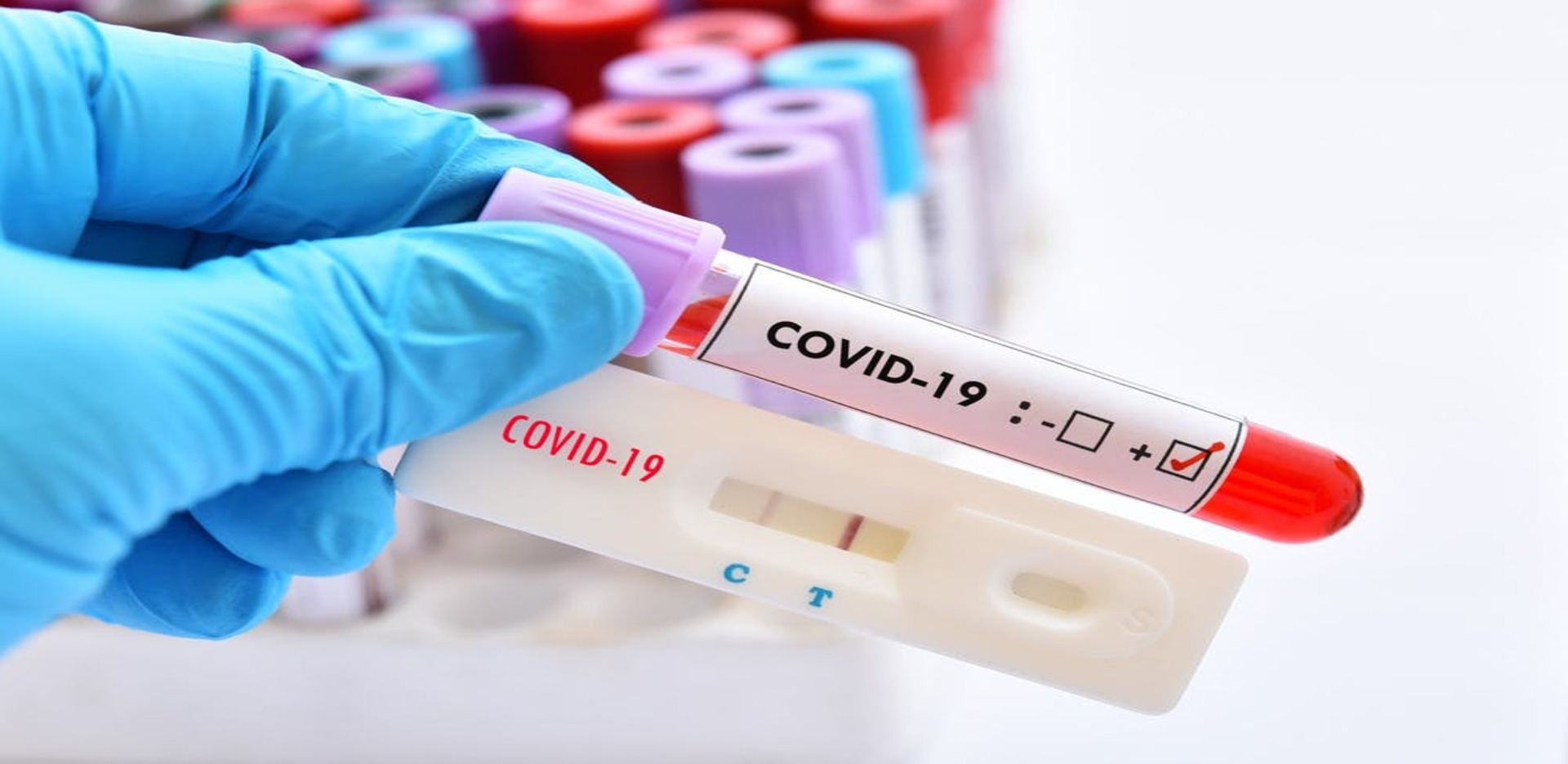Here is what is CT-count in your covid-19 test, and what does it tell about your infection:
The pandemic’s second wave continues to increase in its full force, and the emphasis is still on widespread testing. The usual method for the detection of covid is the RT-PCR test. The positivity criteria for the samples is determined by the number of ‘cycles’ or cycle threshold needed to detect the virus presence in the sample. This is otherwise known as the CT value, which has been referred to often in COVID tests and scans.
What is the CT value and why it is important?
It refers to the number of cycles needed to amplify the viral RNA to a detectable level. An individual is considered COVID-19 negative, only if the CT value is 35 in the RT-PCR test. So, if the CT value is below 35 in the RT-PCR test, then the patient is coronavirus positive.

How is the CT value calculated?
The measurement of CT value represents iGenetic Diagnostics’ that provides Cycle Threshold (CT) value on Reverse transcription-polymerase Chain Reaction (RT-PCR) test reports. Once the sample is collected from the patient, RNA is extracted and treated with a reverse transcriptase enzyme. A complementary DNA is extracted from an initial RNA. Following that, the DNA can easily be amplified by using a polymerize chain reaction to make billions of copies of a fragment.
The DNA is then measured in real-time by fluorescent dye signals, which helps to calculate the CT Value.
What can CT value tell you about your infection?

The CT count also helps determine the viral load present in your body. To quote it in simple words, the lower the CT value, the higher is the viral load, and the higher the CT value, the lesser is the viral load said to be in the body.
Why is it important?
It is important to remember that CT value shares an inverse relationship with the viral load. The measure of CT value has an impact on how the disease or infection severity is treated by the patient. False-negative results could be able to transmit the infection to the family and the society.














